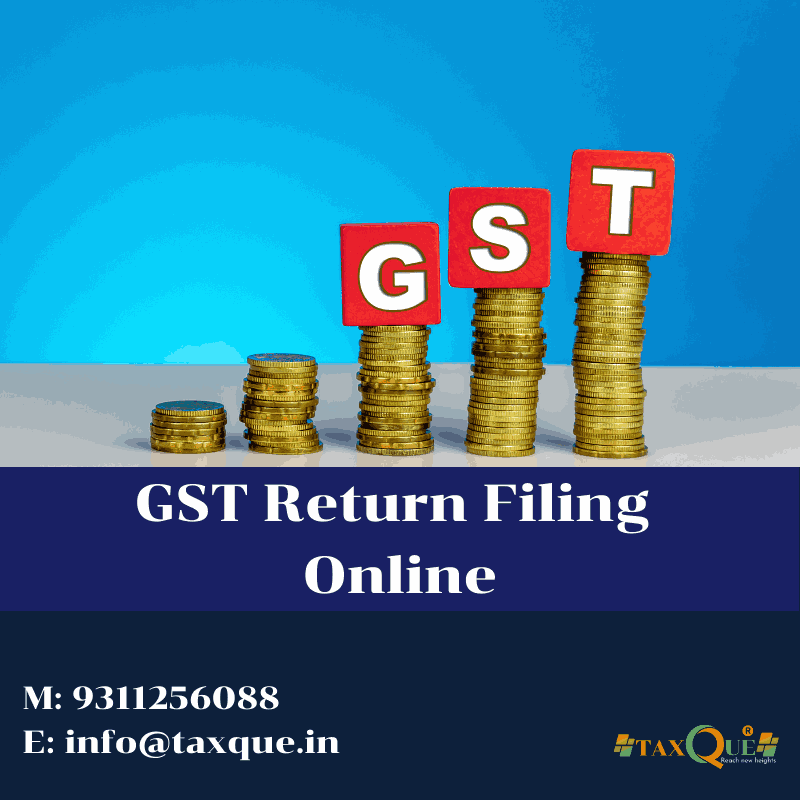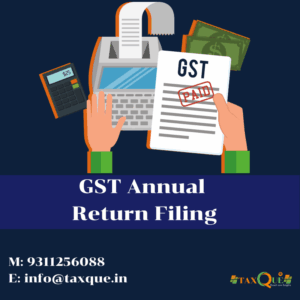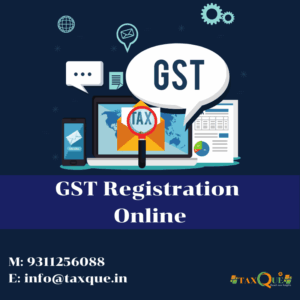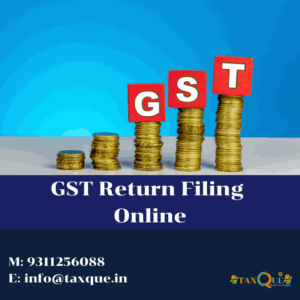What is GST Return Filing?
GST return filing is the process of submitting details of sales, purchases, tax collected on sales (output tax), and tax paid on purchases (input tax) to the tax authorities. Every registered business must file GST returns periodically—monthly, quarterly, or annually—depending on their category and turnover.
Who Should File GST Returns?
Regular taxpayers (businesses, professionals, service providers)
Composition scheme dealers
E-commerce operators
Input Service Distributors (ISDs)
Non-resident taxable persons
TDS/TCS deductors under GST
Types of GST Returns
| Return Type | Applicability | Frequency | Purpose |
|---|---|---|---|
| GSTR-1 | Regular taxpayers | Monthly/Quarterly | Details of outward supplies (sales) |
| GSTR-3B | Regular taxpayers | Monthly/Quarterly | Summary of outward supplies, ITC, and tax payment |
| GSTR-4 | Composition dealers | Annually | Summary return for composition scheme |
| GSTR-5 | Non-resident taxable persons | Monthly | Details of inward and outward supplies |
| GSTR-6 | Input Service Distributors | Monthly | Distribution of input tax credit |
| GSTR-7 | TDS deductors | Monthly | Details of TDS deducted and paid |
| GSTR-8 | E-commerce operators | Monthly | Details of TCS collected |
| GSTR-9 | Regular taxpayers | Annually | Annual return (mandatory for turnover above ₹2 crore) |
| GSTR-9C | Taxpayers with turnover above ₹5 crore | Annually | Reconciliation statement and audit report |
Required Documents for GST Return Filing
| Document Type | Details/Description |
|---|---|
| GSTIN | Goods and Services Tax Identification Number |
| Invoices (B2B & B2C) | List of all sales and purchase invoices, including invoice number, date, value, GST rates, and place of supply |
| Debit/Credit Notes | Details of all issued debit and credit notes |
| HSN/SAC Summary | HSN (goods) or SAC (services) code-wise summary of supplies |
| Export/Import Documents | Shipping bills, bill of entry, port code, and related details for exports/imports |
| Advance Receipts | Details of advances received and adjusted during the period |
| TDS/TCS Details | If applicable, details of tax deducted/collected at source |
| Bank Account Details | For refund claims and verification |
| Challan Details | Proof of GST payments made |
| Amendments | Any corrections or changes to previous returns |
| Other Supporting Documents | As required for specific return types |
GST Return Filing: Step-by-Step Process
1. Register for GSTIN
Obtain a GSTIN if not already registered. This is mandatory for all businesses above the prescribed turnover threshold.
2. Login to the GST Portal
Access the GST portal using your username and password.
3. Access the Returns Dashboard
Navigate to the ‘Returns Dashboard’ and select the relevant financial year and return period.
4. Select and Prepare the Return
Choose the appropriate return form (e.g., GSTR-1, GSTR-3B) and select ‘Prepare Online’ or upload data using the offline utility.
5. Enter Return Details
Fill in all required details, including sales, purchases, input tax credit, and tax payable. Ensure all invoices and supporting documents are accurately entered.
6. Reconcile and Validate Data
Match sales and purchase entries with GSTR-2A/2B to avoid mismatches.
Check for missing or duplicate invoices.
Validate tax calculations and ITC eligibility.
7. Submit and Pay Tax
Submit the return after reviewing all entries.
Use the ‘Payment of Tax’ option to pay any outstanding liability.
Offset tax liability using available ITC and pay the balance in cash if required.
8. File the Return
File the return using Digital Signature Certificate (DSC) or Electronic Verification Code (EVC).
Download and save the acknowledgement for your records.
GST Return Filing Compliance Checklist
| Step/Requirement | Description |
|---|---|
| Eligibility Check | Confirm which returns apply to your business |
| Document Collection | Gather all required invoices, notes, and supporting documents |
| Invoice Upload | Ensure all sales and purchase invoices are uploaded |
| Reconciliation | Match books with GSTR-2A/2B and check for discrepancies |
| ITC Validation | Claim only eligible input tax credit |
| Tax Payment | Pay any outstanding GST liability before filing |
| Timely Filing | File all returns before the due date to avoid penalties |
| Acknowledgement | Download and retain filing confirmation and payment receipts |
| Annual Return Preparation | Prepare for GSTR-9 and GSTR-9C if applicable |
| Record Keeping | Maintain digital and physical records for audit and compliance |
Frequently Asked Questions (FAQs)
What is the due date for GST return filing?
GSTR-1: 11th of the following month (monthly) or 13th of the month after the quarter (quarterly)
GSTR-3B: 20th of the following month (monthly) or 22nd/24th for quarterly filers
GSTR-9: 31st December of the following financial year
What happens if I miss the GST return filing deadline?
Late filing attracts a penalty of ₹50 per day (₹25 CGST + ₹25 SGST) and interest on outstanding tax. Continuous non-filing may lead to cancellation of GST registration.
Can I revise a GST return after filing?
No, GST returns cannot be revised. Corrections can be made in subsequent returns by reporting amendments.
What is the penalty for incorrect GST return filing?
Incorrect returns may result in penalties, interest, and scrutiny by tax authorities. It is crucial to ensure accuracy and completeness.
How do I claim input tax credit (ITC)?
ITC can be claimed only if the supplier has uploaded the invoice in their GSTR-1 and it appears in your GSTR-2B. Ensure all conditions under GST law are met.
Get Started
Contact us today for expert assistance in filing your GST returns accurately and on time. Experience a hassle-free, secure, and fully compliant GST return filing process—so you can focus on your business growth.
Let our professionals handle your GST return filing so you can stay compliant and stress-free.





Reviews
There are no reviews yet.